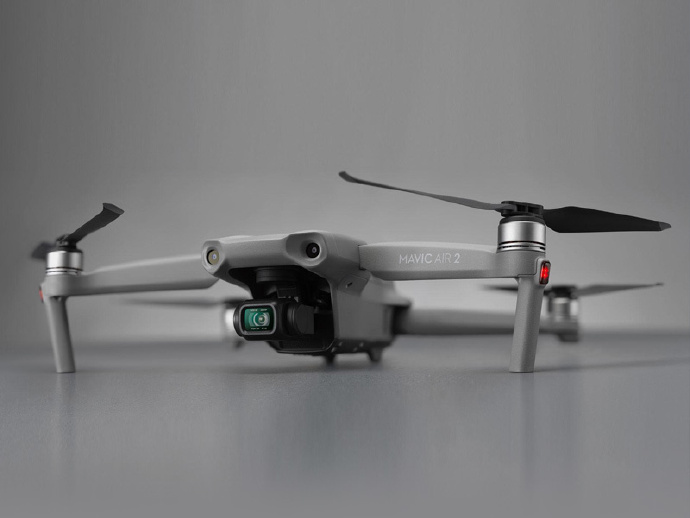In recent developments, Amazon has decided to temporarily halt its much-anticipated drone delivery operations in Arizona. This move comes as part of its strategic reassessment of utilizing drones for package deliveries, often referred to as Amazon’s drone delivery service. Initially, the use of drones in Arizona was seen as a cutting-edge approach to solving delivery challenges, sparking excitement among tech enthusiasts and consumers alike.
One might wonder why the pause on such a futuristic venture occurred. The reasons are multifaceted, revolving around safety, regulatory compliance, and the futuristic vision that Amazon holds. As drones navigate through complex urban landscapes and suburban areas, various technical and operational hurdles must be addressed. The initial tests in Arizona, although promising, highlighted areas that needed further refinement.
Challenges in Amazon’s Drone Delivery
The temporary halt in Arizona serves as a reminder of the complexity associated with implementing drone delivery on a large scale. Despite advancements in drone technology, these aerial devices face unpredictable weather conditions, obstacles during flight paths, and stringent air traffic regulations. Moreover, ensuring the safety of citizens and property remains paramount, which demands rigorous testing and planning.
Regulatory bodies impose specific rules to govern the use of air spaces for drones. Compliance with these regulations is crucial, and any hiccups can result in temporary suspensions or the need to re-evaluate strategies. Arizona’s landscape presented unique challenges, with varying climate conditions affecting the drones’ operational performance.
The Future of Drone Deliveries
Despite the pause in Arizona, the vision for drone deliveries is far from over. Amazon remains committed to the development of this innovative service, which promises to revolutionize the delivery industry. With technological advancements and expansions into other regions, drones could become a regular component of the delivery network globally.
of this innovative service, which promises to revolutionize the delivery industry. With technological advancements and expansions into other regions, drones could become a regular component of the delivery network globally.
Amazon’s drone delivery system not only focuses on speed and efficiency but also on sustainability. By reducing the reliance on traditional vehicular delivery methods, the company aims to cut down on carbon emissions significantly. The pause in Arizona should be seen as a strategic pivot rather than a setback, allowing Amazon to refine its approach and address any concerns that have arisen.
Adapting to Technical Challenges
Implementing a fleet of drones involves tackling numerous technical challenges, including battery life, navigational accuracy, and the ability to innovate around the logistical distribution network. As the technology matures, these issues could see efficient resolutions, paving the way for successful large-scale integrations.
- Technological adaptation continues to be a critical component of Amazon’s aerial logistics strategy.
- Improvements in drone autonomy and battery efficiency are pivotal milestones for the future.
Moreover, partnerships with regulatory authorities and tech innovators may accelerate the process, creating an environment that embraces future-ready drone technology.
FAQs About Amazon Drone Delivery
Why did Amazon pause drone delivery in Arizona?
Amazon paused the drone delivery to focus on addressing safety concerns, regulatory compliance, and technological challenges unique to the area’s climate and geography.
Will drone deliveries resume in Arizona?
Amazon is likely to resume drone operations once these challenges are adequately addressed, as Arizona remains an ideal testing ground due to its diversity and terrain.
What’s next for Amazon’s drone program?
The company continues to invest in drone technology, expecting to improve operational efficiencies and expand into new markets after thorough testing and advancements.